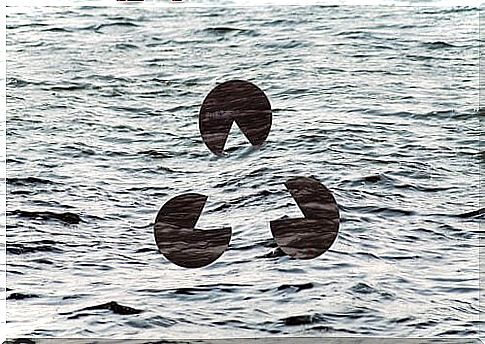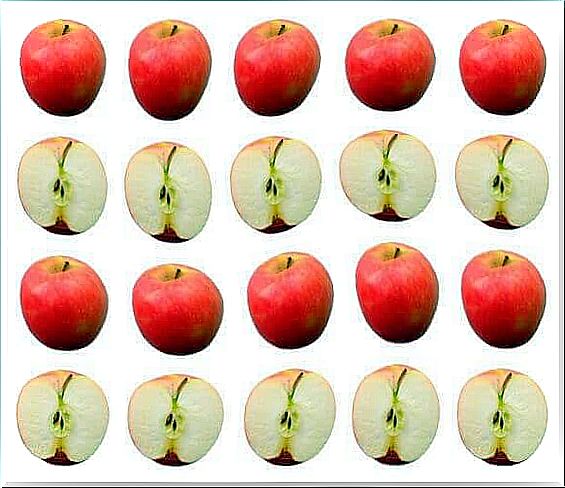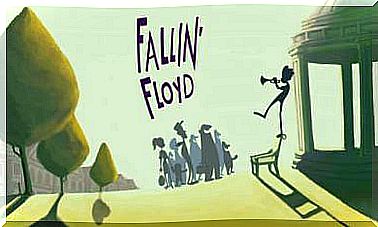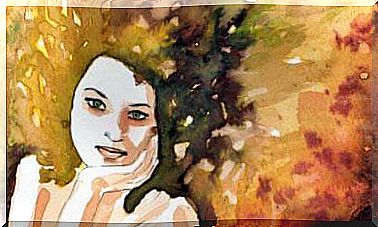Gestalt Laws: How We Organize What We See

Gestalt laws or gestalt laws are rules that explain the origin of perceptions from stimuli. Thanks to them, we can understand why we perceive things the way we do. Gestalt laws revolve around the idea that the whole is more than the sum of its parts.
These laws were established by psychologists in the research line of the German Gestalt school, Max Wertheimer, Wolfgang Köhler and Kurt Koffka. These psychologists have demonstrated in the laboratory that the human brain organizes perceived elements into configurations or wholes (gestalts).
Thus, this idea replaced the thought that sensations are the result of the simple sum of individual perceptions. As we’ve said, the whole is more than the sum of its parts.
simplifying our world
The fact that most of us interpret forms in terms of meaningful units illustrates one of the main processes of perception in action. We try to simplify the complex stimuli that the environment presents to us.
If we didn’t reduce the complex to something that was understandable, the world would be an excessive challenge for us to think and live properly. Ironically, psychologists have found that the process of simplifying the world requires considerable noticeable effort.
Making sense of the world through perception
Let’s look at the following images:
Most people would say they see an incomplete triangle.
In the figure above, we tend to see four tubes.
In this figure, we would see a square or a diamond inside two columns.
Are these the only interpretations you can get? One person could rightly argue that there are three angles in the first figure. Eight vertical lines on the second and a “w” on top of an “m” on the third.
The gestalt conception of perception calls attention to how we interpret the individual elements of a scene as a complete and unified whole. This conception rests on the assumption that the organized whole is somewhat different and, in fact, greater than the sum of its individual elements.
Gestalt laws for the organization
Basic perceptual processes operate according to a series of principles. These principles describe how we organize pieces and proportions of information into units that have meaning.
These processes are called Gestalt organizing laws. They were postulated in the early 20th century by a group of German psychologists who were dedicated to the study of patterns. They were able to discover principles of importance valid for visual and auditory stimuli. Next, let’s see what these laws of the Gestalt organization are. They are as follows:
closing law
Under this law, we usually form groups in terms of closed or complete figures rather than open figures. Therefore, we tend to ignore discontinuities and focus on the overall shape.

law of proximity
We tend to group the elements that are closest to each other. As a result, the tendency to see letters instead of dots in the image below is greater:
law of similarity
We’ve grouped elements of similar appearance. This is why we see rows of identical apples instead of columns of different figures in this image.

law of simplicity
Generally speaking, the predominant gestalt principle is simplicity. When we observe a pattern, we perceive it in the most basic and direct way possible.
In the following image, we tend to see pointers as a letter Y. This is according to the principle of simplicity, in which the brain “sees” what is easiest to understand.
As the pointers are surrounded by other letters, we think they are one more that, together, make up the word TYME. Although the law of proximity may also be present, due to the fact that the pointers are close to other letters. Or even the principle of similarity. Because there is no color differentiation or curved lines, we think it’s just another letter.
As we see, these Gestalt organization laws are extremely important to understand our perception. We organize the stimuli in order to give them meaning, taking into account different principles or laws. The explanation is based on the fact that the brain needs to simplify what it perceives to make interpretation more accessible.








